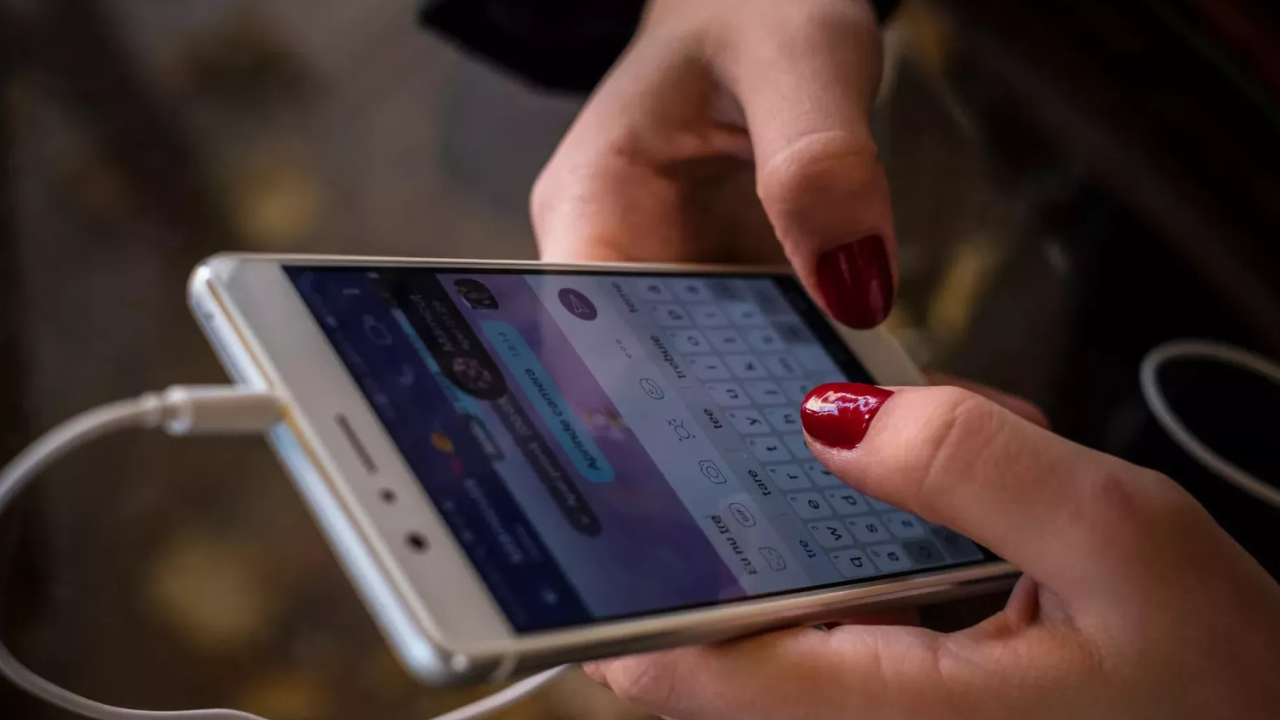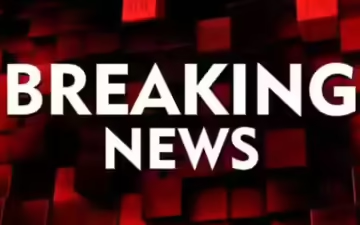In 2025, we are flooded with more content than ever before. News, memes, reels, viral tweets, YouTube commentary, and Instagram carousels — it’s all around us, all the time. But within that flood of information, there’s a rising tide of something far more dangerous: misinformation.
False claims, edited videos, AI-generated quotes, and conspiracy theories now spread faster than verified facts. And with the line between real and fake content becoming harder to spot, the average person is left wondering — can I trust what I’m seeing?
Whether it’s a “breaking” story on social media or a screenshot of a headline shared in a group chat, misinformation is now part of our daily media diet. That’s why knowing how to spot it is no longer optional — it’s essential.
Here’s a clear, practical beginner’s guide to spotting misinformation online, especially in a world where digital trickery has never been easier to produce or share.
Why Misinformation Is So Powerful
Before diving into how to spot fake content, it’s important to understand why misinformation spreads so easily in the first place.
Misinformation is designed to provoke — not inform. It usually triggers strong emotions like anger, fear, or shock. And emotional content gets more engagement. That means more shares, more likes, more comments, and a higher chance of going viral.
Also, people tend to trust information from friends or family more than from unfamiliar sources. So when a cousin posts a misleading article, we’re more likely to believe it, even if the source is sketchy.
And then there’s speed. Social media algorithms reward what spreads fast. Unfortunately, misinformation is often faster than fact-checking.
Red Flags to Watch For
If you’re new to identifying misinformation, here are some immediate warning signs:
1. Sensational or overly emotional language
If a post uses extreme words like “SHOCKING,” “UNBELIEVABLE,” “EXPOSED,” or “HIDDEN TRUTH,” it’s probably trying to manipulate emotions rather than provide facts.
2. No clear source
Legitimate news stories usually link to the original source or mention where the information came from — a statement, a press release, a government report. If it’s just “they said” or “it’s going viral,” be cautious.
3. Poor-quality graphics or suspicious URLs
Fake content often includes low-resolution images, misspelled words, or URLs that mimic real news sites but aren’t quite right. A domain like “cnn-breaking-news.net” is not CNN.
4. One-sided or outrageous claims
Does the content present only one extreme side of an issue, with no nuance or balance? That’s a major red flag. Real news typically includes multiple perspectives.
5. Anonymous or unverified authors
If there’s no author listed or no information about who created the content, it’s much harder to verify credibility. Ask yourself: who is behind this and what’s their motive?
How to Verify Information Step-by-Step
Even if something looks true, take a moment to verify it. Here’s how to do that in four simple steps:
Step 1: Google the headline or quote
Search for the exact claim or quote online. If it’s real, multiple reputable news outlets will usually be reporting on it. If you can only find it on fringe blogs or Twitter threads, that’s a warning sign.
Step 2: Check the source
Look at the website or social media page. Is it a known publication? Does it have an editorial team? Has it shared false claims before? Tools like Media Bias/Fact Check and NewsGuard can help identify reliable sources.
Step 3: Look for the original context
A short clip or screenshot can easily mislead. If a quote sounds shocking, find the full speech or article. Things are often taken out of context to support a specific agenda.
Step 4: Use fact-checking websites
Sites like Snopes, AFP Fact Check, and PolitiFact are great resources. They regularly investigate viral claims and provide evidence-backed explanations.
The Role of AI in Misinformation Today
In 2025, AI has made spotting fake content even trickier. With advanced tools, people can now generate fake images, clone voices, and write believable articles using nothing but prompts.
Deepfake videos — where someone appears to say or do something they never actually did — are getting harder to spot. AI-generated news sites are producing false articles that look professionally written. Even photos can be entirely synthetic, with AI creating realistic faces that don’t belong to real people.
This means we all need to raise our awareness. If something seems too perfect, too dramatic, or too well-timed, it might be manipulated. Relying on visual cues alone is no longer enough.
Don’t Rely on Social Media for Truth
Many people now get their news directly from social platforms like TikTok, X, Instagram, or YouTube. But these platforms were not designed for accuracy — they were designed for engagement.
Their algorithms often show you content that aligns with what you already believe, creating what’s called a “filter bubble.” Within these bubbles, misinformation can spread unchallenged.
While you can follow reputable accounts and journalists on these platforms, always remember: social media is not a substitute for verified journalism. It’s a delivery method — not a fact-checker.
What to Do When You See Misinformation
Sometimes, you’ll come across a post that you know is false. What should you do?
Avoid resharing it, even to mock or criticize it. Reshares help it spread further.
Report the post using the platform’s tools. Many social media sites allow users to flag false information.
Reach out privately to the person who shared it and share a fact-check or a link to a reputable source. Don’t shame them publicly — people are more receptive to correction when they’re not being attacked.
Teaching Others to Be Critical Thinkers
If you’re a parent, teacher, or community leader, help others build media literacy. Encourage people to question what they see, understand how algorithms work, and take the time to verify before reacting.
We’re all part of the information ecosystem. What we choose to believe, share, and engage with shapes the online world. In that sense, fighting misinformation isn’t just an individual skill — it’s a collective responsibility.
Final Thoughts
In today’s hyperconnected world, misinformation is more than just a nuisance. It’s a threat to public health, social trust, and democracy. But with awareness and the right tools, anyone can become better at spotting false content before it does harm.
You don’t need to be a journalist or a tech expert to think critically. You just need to pause, question, and investigate before hitting share.
Because in the age of digital noise, truth doesn’t always shout the loudest — but it’s still out there, waiting to be found.



